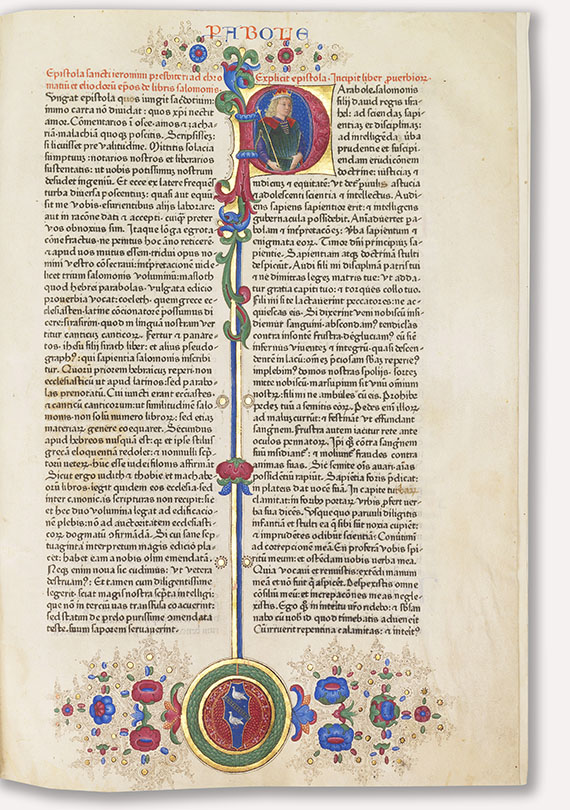Dictionary


Machine Art
Machine Art had its origins in Constructivism. Its architectural and technological aspects, the aestheticisation of technoid forms and materials, as well as focus on movement and dynamism, means that machine art is frequently regarded as engineer art. The origins of machine art were based in theoretical socio-political demands to put technological and machine-based advances in the service of society.
Vladimir Tatlin (1885-1953) was the founder and main exponent of machine art, which he first practised in 1914 in his counter-reliefs. These explored the material and spatial aesthetic of glass, concrete, iron, wood and cable, and had a strong influence on the development of the art form. Tatlin subsequently executed a large number of artistic works in the field of machine art.
Tatlin’s most important and impressive project was his plans for The Monument to the Third International (1919-20). The monument was an over 300 metre high, tapering, helix-shaped steel tower, which contained geometric, cyclically moving spatial objects -cubes, cylinders and pyramids –designed to accommodate various government offices. The project was never completed.
A further high point in Tatlin’s oeuvre, was the flying machine "Letatlin" (1932) which aesthetically captured the dynamic of flying.
Machine Art had its origins in Constructivism. Its architectural and technological aspects, the aestheticisation of technoid forms and materials, as well as focus on movement and dynamism, means that machine art is frequently regarded as engineer art. The origins of machine art were based in theoretical socio-political demands to put technological and machine-based advances in the service of society.
Vladimir Tatlin (1885-1953) was the founder and main exponent of machine art, which he first practised in 1914 in his counter-reliefs. These explored the material and spatial aesthetic of glass, concrete, iron, wood and cable, and had a strong influence on the development of the art form. Tatlin subsequently executed a large number of artistic works in the field of machine art.
Tatlin’s most important and impressive project was his plans for The Monument to the Third International (1919-20). The monument was an over 300 metre high, tapering, helix-shaped steel tower, which contained geometric, cyclically moving spatial objects -cubes, cylinders and pyramids –designed to accommodate various government offices. The project was never completed.
A further high point in Tatlin’s oeuvre, was the flying machine "Letatlin" (1932) which aesthetically captured the dynamic of flying.
Offers


